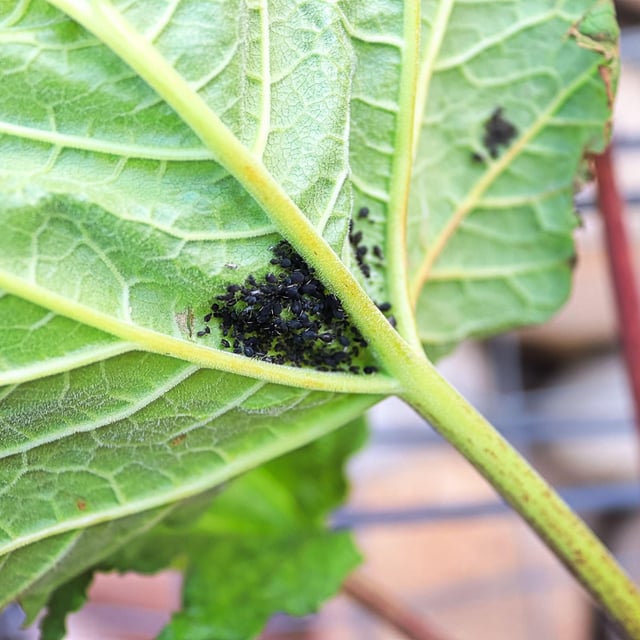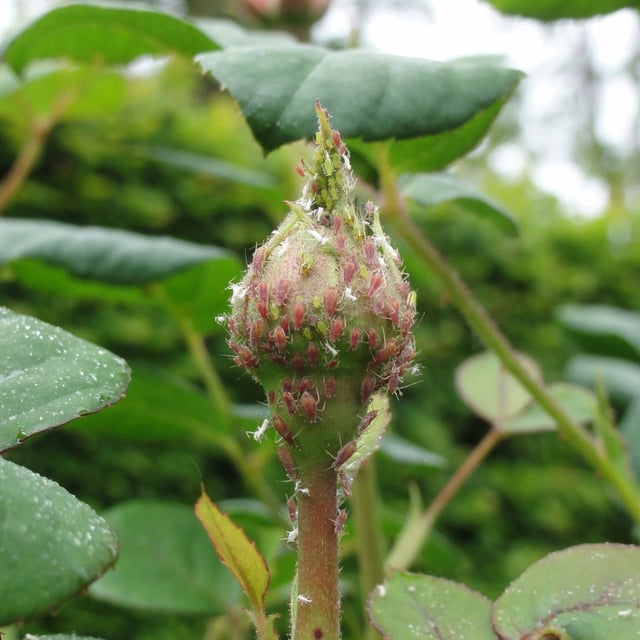Overview
- The RHS forecast in May that a mild spring would trigger sap-sucking aphid outbreaks, a prediction validated by current infestations
- Warm, dry conditions have accelerated aphids’ asexual reproduction, enabling rapid colony growth on tender shoots
- Infestations are particularly severe on acers, roses and honeysuckle, where sap-sucking has led to distorted leaves and honeydew deposits
- Natural predators including parasitoid wasps, ladybirds, lacewings and hoverfly larvae are crucial for keeping aphid numbers in check
- The RHS recommends hand-squashing colonies, avoiding pesticides to protect soil health and planting less susceptible species such as ornamental grasses and ferns

